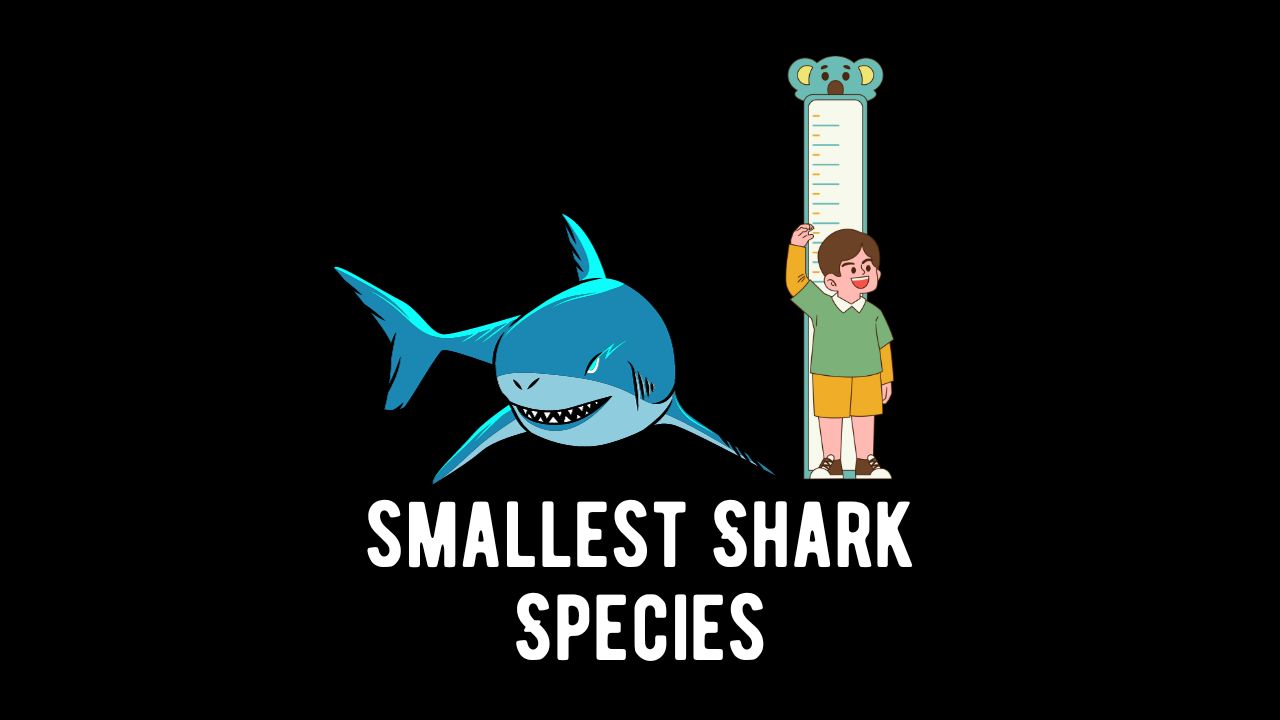Sharks, often associated with their formidable size and power, also include some of the tiniest marvels in the animal kingdom. In this comprehensive exploration, we will delve into the characteristics, habitats, and intriguing features of the ten smallest shark species in the world. From the elusive Dwarf Lantern Shark to the mysterious American Pocket Shark, each species offers a unique glimpse into the diverse world of these fascinating creatures.
1. Dwarf Lantern Shark (Etmopterus perryi)
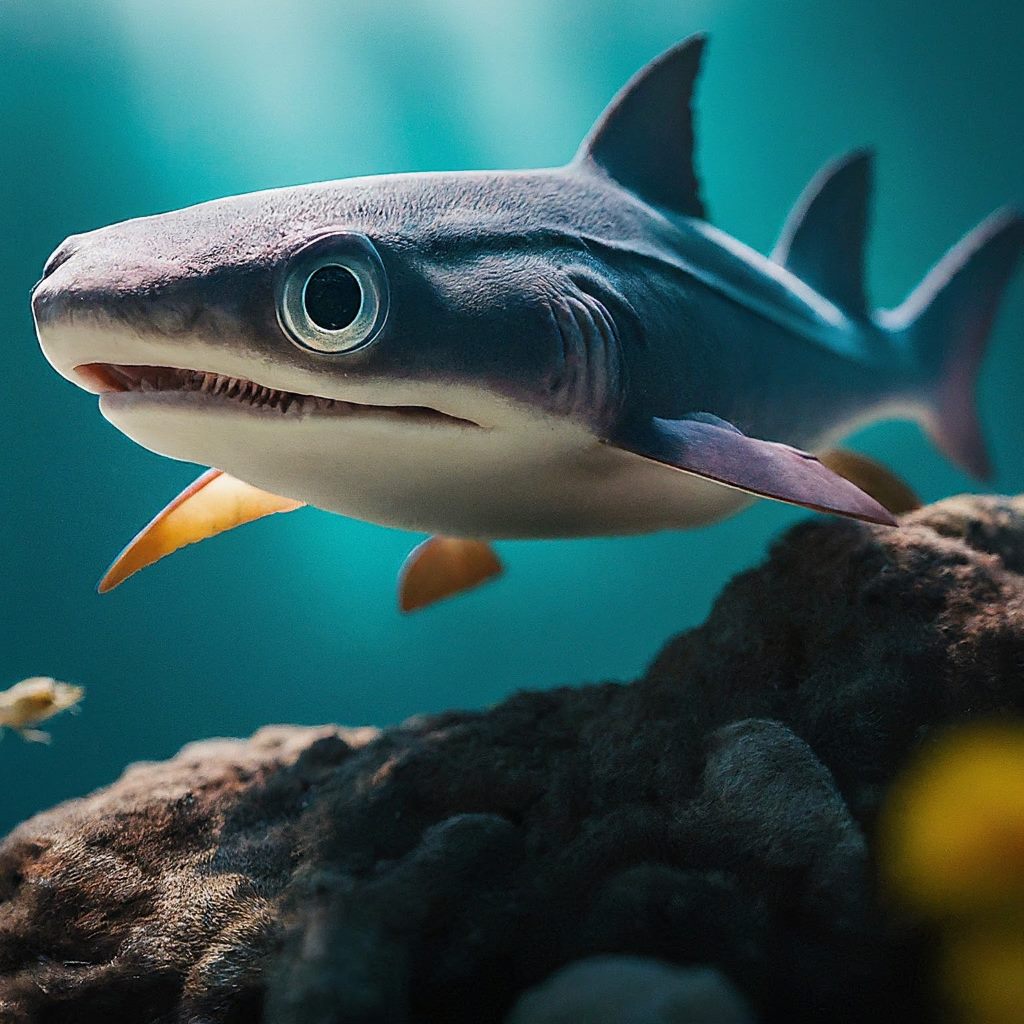
- Size:
- Female: 7.4 inches
- Male: 6.3 inches
- Maximum: 8.3 inches
- Average: 6.85 inches
- Habitat:
- Deep-sea environments off the coasts of Colombia and Venezuela.
- Distinctive Features:
- Bioluminescent properties.
- Light-producing organs along the body edges.
The Dwarf Lantern Shark holds the title of the world’s smallest shark, navigating the depths with a delicate luminosity that sets it apart in the dark oceanic expanse.
2. Spined Pygmy Shark (Squaliolus laticaudus)
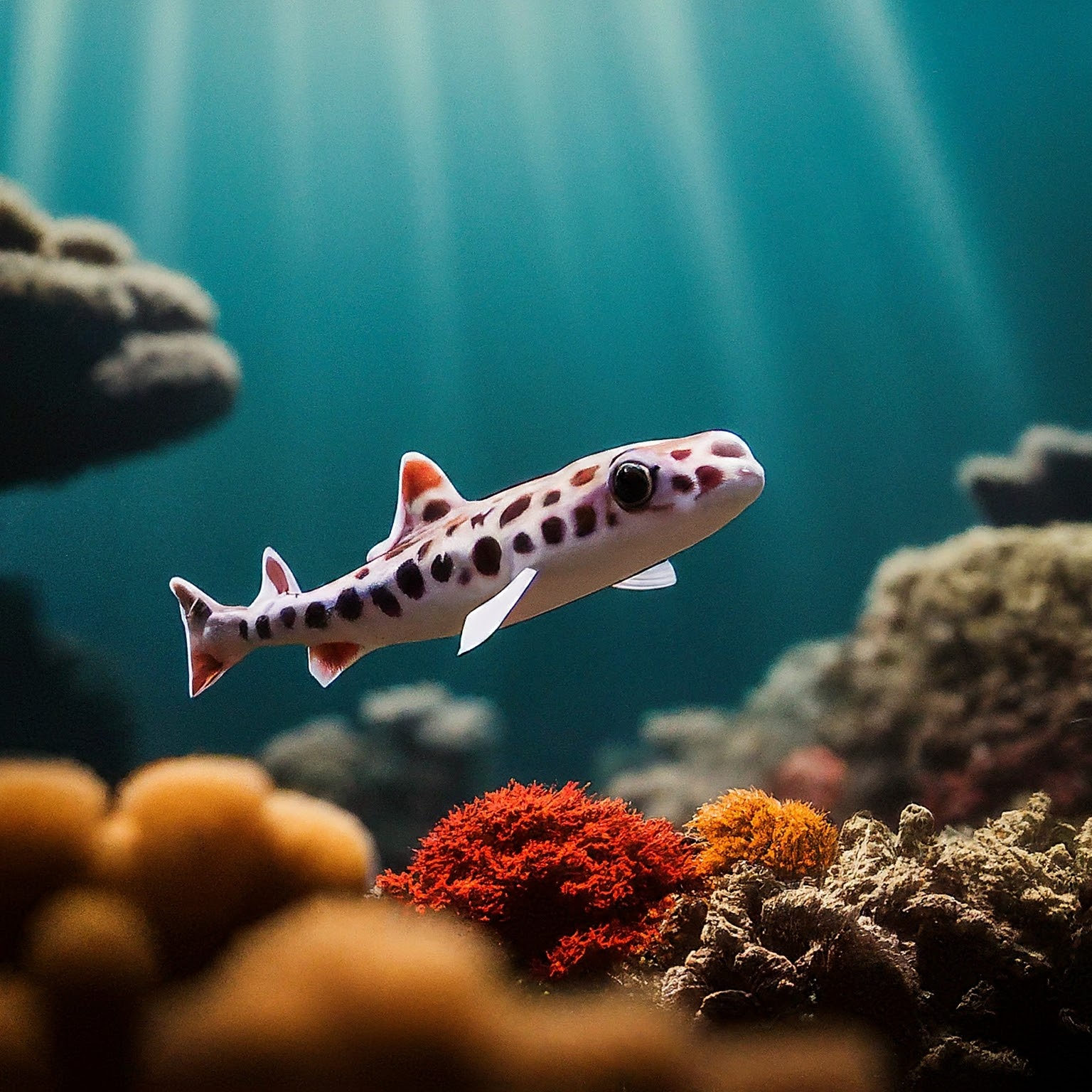
- Size:
- Female: 7.8 inches
- Male: 5.9 inches
- Maximum: 8.7 inches
- Average: 6.85 inches
- Habitat:
- Deep-sea habitats in tropical and subtropical waters worldwide.
- Distinctive Features:
- Subtle dorsal spines.
- Agile navigation in the ocean’s depths.
The Spined Pygmy Shark showcases the adaptability of small sharks, maneuvering with finesse in its deep-sea environment.
3. Pale Catshark (Apristurus sibogae)

- Size:
- Maximum: 8.27 inches (specifics for females and males are unknown)
- Average: Unknown
- Habitat:
- Deep-sea regions, exact locations not specified.
- Distinctive Features:
- Subdued coloration.
- Adapted for life in the deep-sea.
The Pale Catshark, with its enigmatic nature, adds an element of mystery to the list of small shark species.
4. Green Lanternshark (Etmopterus virens)

- Size:
- Female: 9.4 inches
- Male: 8.2 inches
- Maximum: 10 inches
- Average: 8.8 inches
- Habitat:
- Deep-sea habitats in the Atlantic and Indian Oceans.
- Distinctive Features:
- Bioluminescent brilliance.
- Adaptations for communication and camouflage.
The Green Lanternshark illuminates the depths with its bioluminescent capabilities, contributing to the mesmerizing world of deep-sea life.
5. Pygmy Ribbontail Catshark (Eridacnis radcliffei)
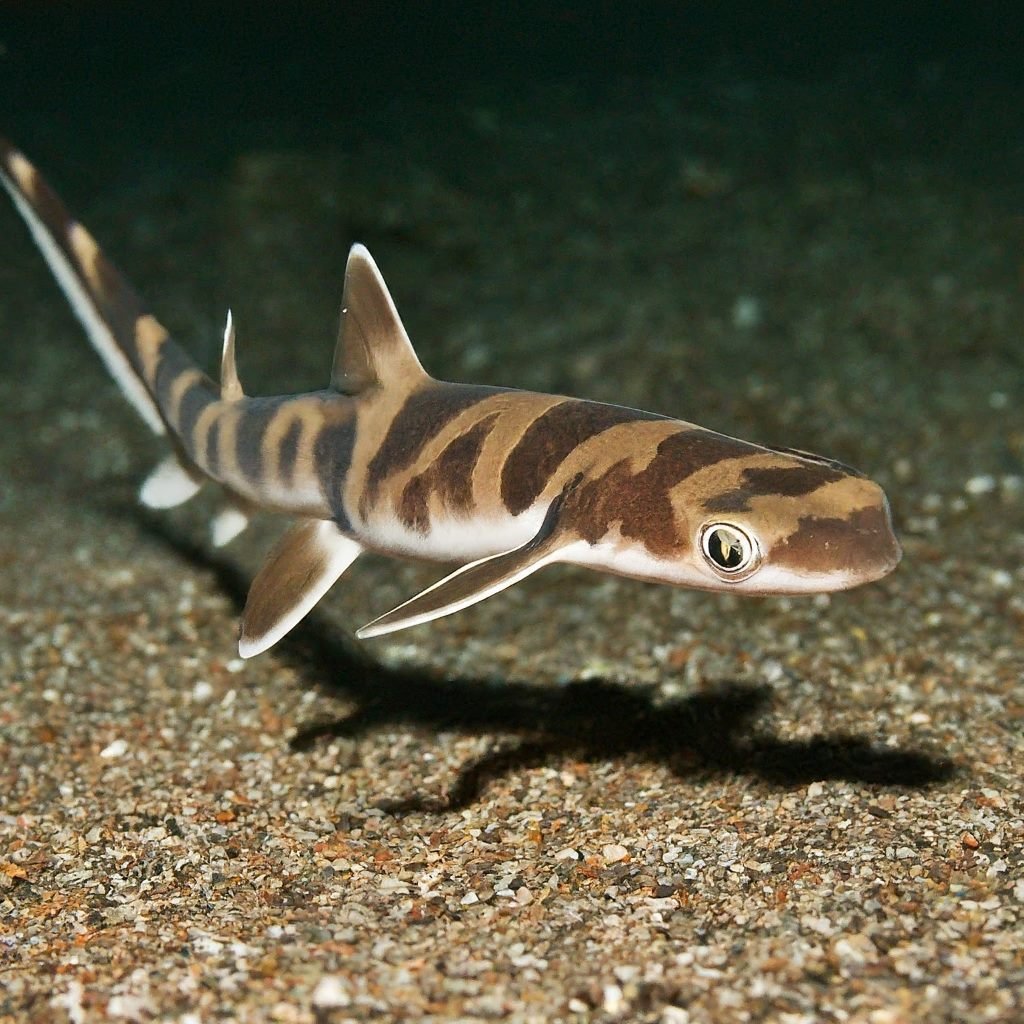
- Size:
- Female: 6.3 inches
- Male: 7.4 inches
- Maximum: 9.4 inches
- Average: 6.85 inches
- Habitat:
- Coastal waters of southern Australia.
- Distinctive Features:
- Slender body.
- Nocturnal habits.
The Pygmy Ribbontail Catshark, with its slender form, embodies the elegance of small sharks in coastal environments.
6. Granular Dogshark (Centroscyllium granulatum)

- Size:
- Female: 10.1 inches
- Male: 7.9 inches
- Maximum: 11 inches
- Average: 9 inches
- Habitat:
- Deep-sea environments.
- Distinctive Features:
- Granular appearance.
- Densely packed dermal denticles.
The Granular Dogshark exemplifies the adaptability of sharks in deep-sea habitats, featuring a unique granular texture.
7. Panama Ghost Catshark (Apristurus stenseni)
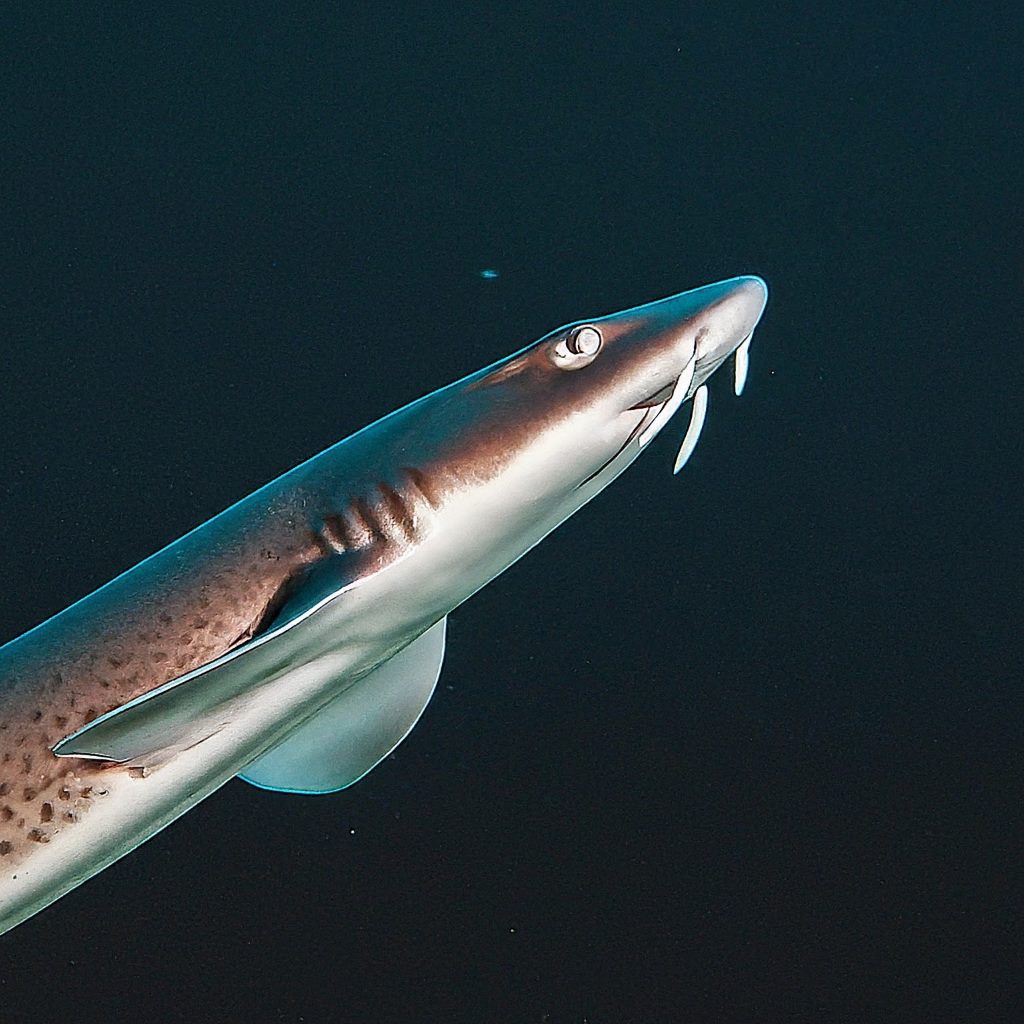
- Size:
- Female: 9.8 inches
- Male: 8.2 inches
- Maximum: 18 inches
- Average: 9 inches
- Habitat:
- Deep-sea regions.
- Distinctive Features:
- Cryptic camouflage.
- Stealthy nocturnal hunting.
The Panama Ghost Catshark, with its enigmatic presence, showcases the art of camouflage in the ocean’s depths.
8. African Lanternshark (Etmopterus polli)
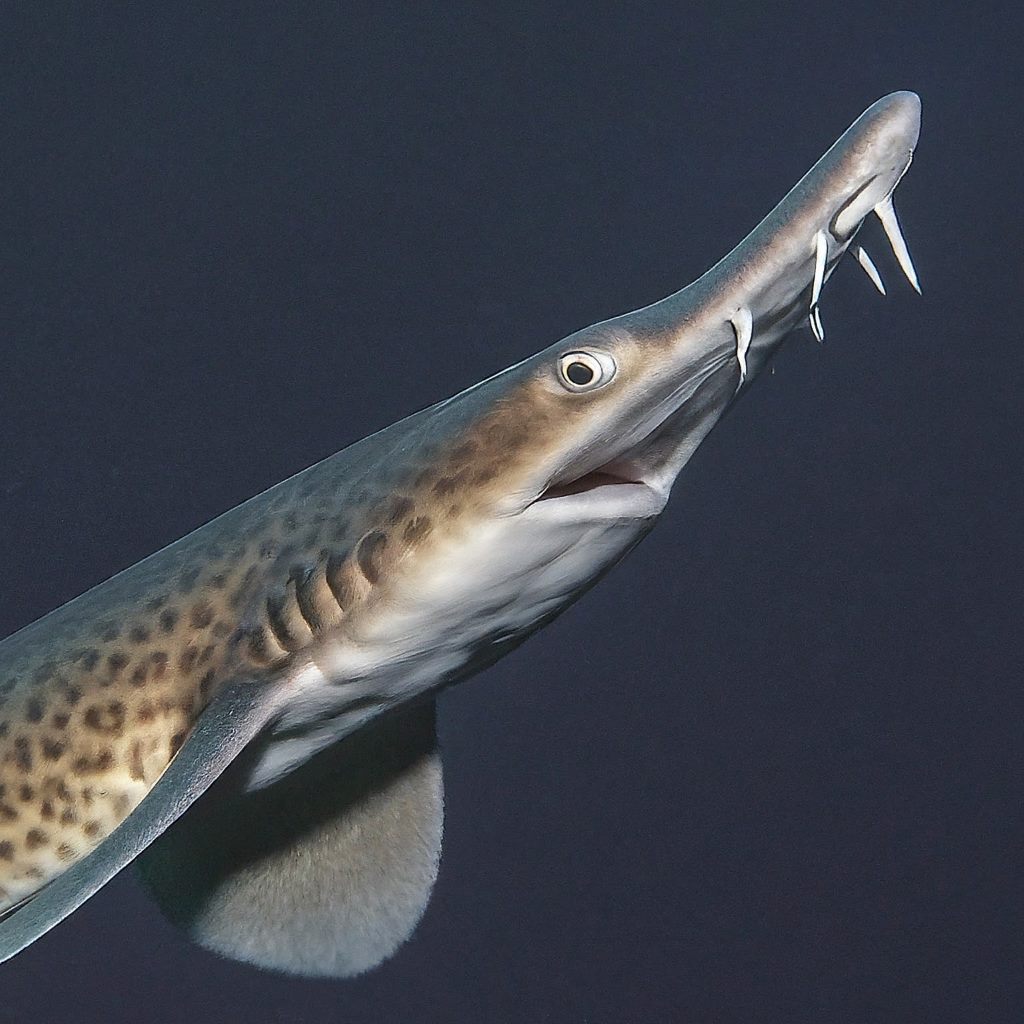
- Size:
- Female: 9.4 inches
- Male: 9 inches
- Maximum: 11.8 inches
- Average: 9.2 inches
- Habitat:
- Deep-sea expanses off the coast of South Africa.
- Distinctive Features:
- Bioluminescent brilliance.
- Contributions to communication and concealment.
The African Lanternshark adds a touch of bioluminescent brilliance to the South African deep-sea environment.
9. Lollipop Catshark (Cephalurus cephalus)
- Size:
- Female: 9.4 inches
- Male: 11 inches
- Maximum: 14.4 inches
- Average: 10.2 inches
- Habitat:
- Coastal waters around southern Australia.
- Distinctive Features:
- Whimsical naming.
- Unassuming appearance.
The Lollipop Catshark, with its whimsically derived name, embodies the diversity of sharks in various coastal regions.
10. American Pocket Shark (Mollisquama mississippiensis)
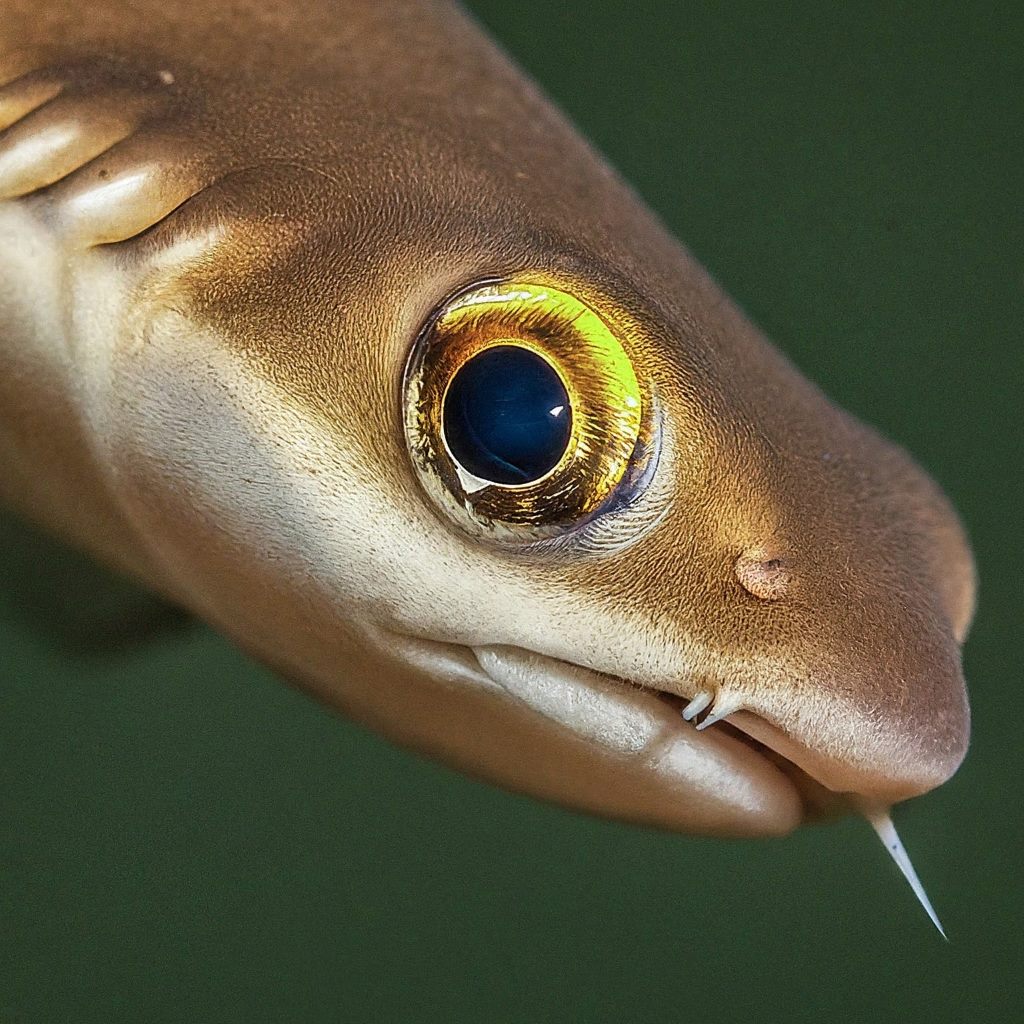
- Size:
- Unknown for females and males.
- Known maximum size: 5.5 inches
- Habitat:
- Gulf of Mexico.
- Distinctive Features:
- Recent discovery.
- Ability to produce luminous fluid.
The American Pocket Shark, a recent addition to shark discoveries, captivates with its small size and unique luminous adaptation.
11. Broadnose Catshark (Apristurus albisoma)
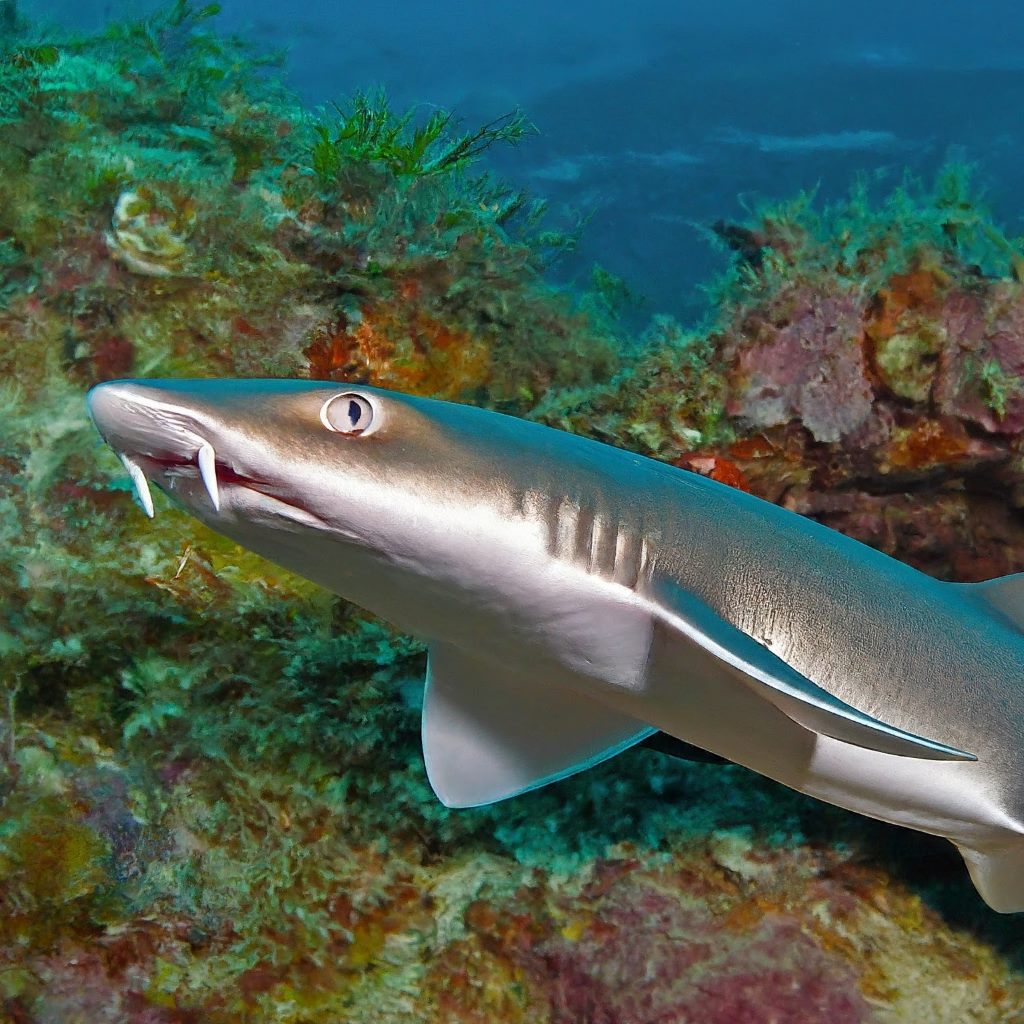
- Size:
- Maximum: Approximately 11.8 inches (30 cm)
- Average: Specifics not provided
- Habitat:
- Deep-sea environments in the Atlantic and Mediterranean.
Distinctive Features:
- Cryptic Camouflage:
- The Broadnose Catshark’s subtle color allows it to blend seamlessly into its deep-sea surroundings. This cryptic camouflage aids in both hunting and evading predators.
- Adaptations for Deep-Sea Life:
- With its habitat situated in the dark depths of the ocean, this catshark exhibits adaptations that enable it to thrive in the extreme conditions of the deep-sea environment.
12. Atlantic Ghost Catshark (Apristurus atlanticus)

- Size:
- Maximum: Up to 9.8 inches (25 cm)
- Average: Specifics not provided
- Habitat:
- Deep-sea expanses in the Atlantic Ocean.
Distinctive Features:
- Ethereal Appearance:
- The Atlantic Ghost Catshark earns its name from its ethereal and delicate appearance. Its pale coloration and slender body contribute to an otherworldly aesthetic.
- Nocturnal Habits:
- Like many deep-sea creatures, this catshark is primarily active during the night. Nocturnal habits allow it to capitalize on the cover of darkness for hunting and navigating its environment.
Conclusion
In Summary, these smallest shark species demonstrate the incredible diversity and adaptability of sharks in various environments. From the depths of the ocean to coastal waters, these sharks play vital roles in maintaining the delicate balance of marine ecosystems. Understanding and appreciating these small marvels contribute to the conservation efforts aimed at preserving the intricate tapestry of life within our oceans.
